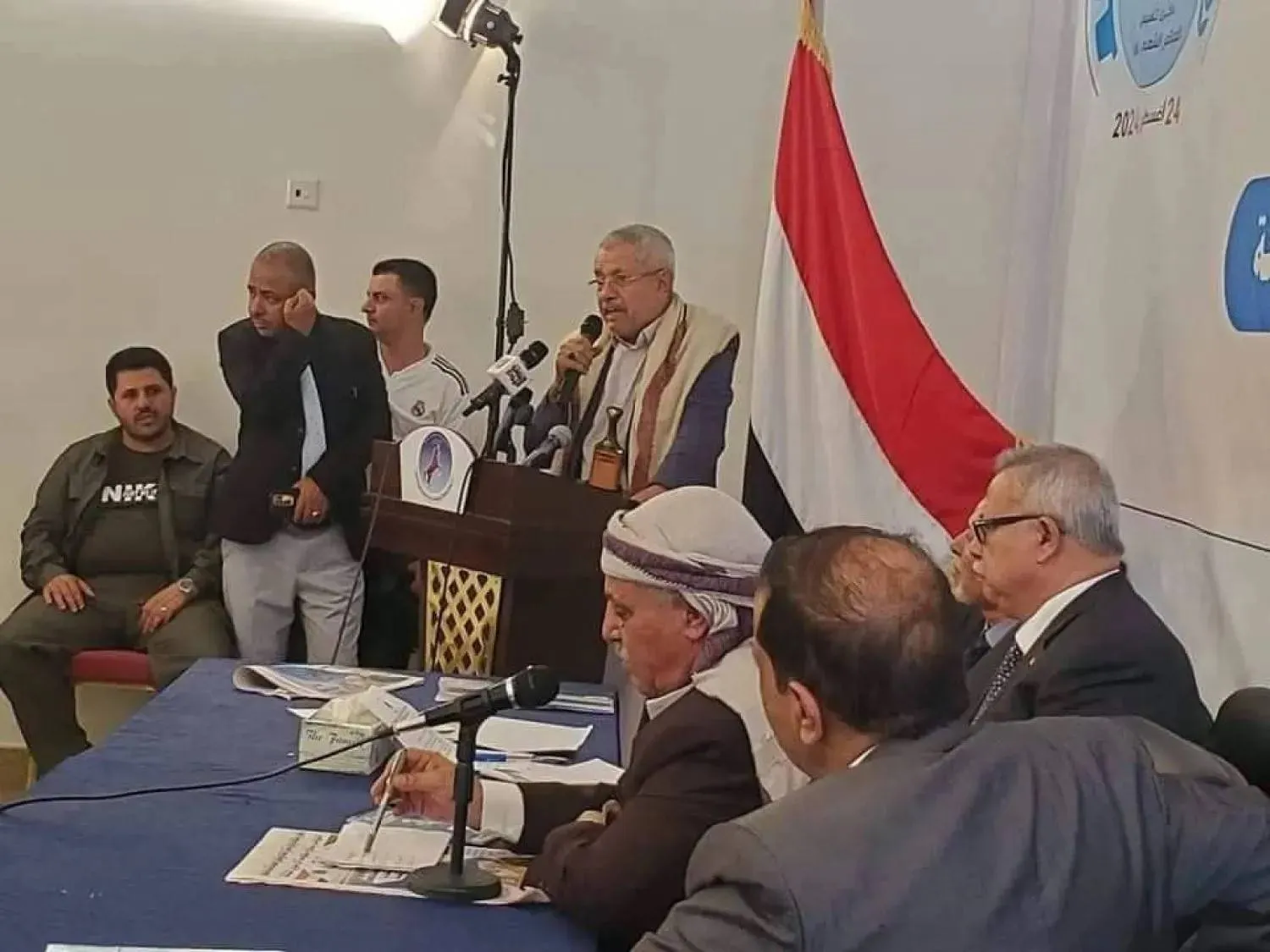The Israeli army started presenting part of the findings of its investigation into the Hamas attack on the Nahal Oz military outpost on October 7, 2023.
The probe concluded that the Nahal Oz base has become a clear symbol of the army’s “neglect and security failure” on that day.
The delayed military response and security lapses led to the killing of 53 Israeli soldiers and the capture of 10 others from the Nahal Oz outpost, situated less than one kilometer from the Gaza border, the investigations showed.
The official findings of the probe are to be presented to relevant families and then made available to the public.
They mainly revealed that prior to the attack, soldiers at the Nahal Oz outpost say their warnings about suspicious Hamas activity were repeatedly ignored.
‘We acted arrogantly’
According to the investigation, Hamas collected accurate intelligence data about Nahal Oz and the Yiftach military base from afar for years prior to launching the deadly assault and was intimately familiar with the layout of the bases and their vulnerabilities.
The probe showed that the Israeli political leadership had ignored the military threats prior to the attack.
Speaking to a forum of senior officers, Brig. Gen. Yossi Sariel, head of the military intelligence Unit 8200 said: “We, and I above all others, did not do our duty, did not learn the lesson and acted arrogantly.”
The investigations showed that Hamas had detailed knowledge of the layout of the Nahal Oz base, including the locations of various rooms, guard positions, and the areas with lighter security.
Timing of the attack
According to the probe, Hamas assumed that the timing of the attack should be on a religious holiday or weekend, because fewer forces remain on the base at those times.
The night before the attack, at 6:00 pm, Hamas gave its fighters instructions on how to attack the base, and the squad commanders began preparations.
Warning signs had emerged on that night, but were ignored by the military leaderships. Senior officers alerted to the unusual movement concluded that there was no need to send troops down to the border.
The investigations found that at the time of the assault, only one guard was stationed at the front gate.
Although there were double the number of Israeli soldiers than Hamas gunmen, they lacked firepower and weapons.
Also, had troops been instructed to take up their positions, “the battle picture would have looked different,” the report said.
The probe showed that Hamas was able to easily kill large groups of Israeli soldiers who had gathered in bomb shelters, according to their plan.
Timeline
At 6:30 am, the attack began. Around 65 Hamas fighters stormed the base, located 800 meters from the border with Gaza. There were 162 soldiers stationed at the base, 90 of whom were armed, with 81 combat soldiers.
At 6:45 am, the deputy battalion commander was wounded shortly after the attack started, and the first wave of Hamas fighters infiltrated the post 20 minutes later.
At 7:30 am, Israeli soldiers were unable to repel the attackers. Ten minutes later, an Israeli army armored personnel carrier arrived with a company commander, marking the first military use of vehicles during the attack.
At 7:50 am, the Israeli forces were preparing for a counterattack, but by 8:20 am, part of the force was ambushed and killed, disrupting the counteroffensive.
At 8:53 am, Hamas fighters managed to destroy an Israeli tank that was stationed at the site.
At 9:00 am, a second wave of approximately 50 Hamas fighters arrived at the site.
At 10:00 am, a third wave of 100 more fighters entered the base.
At noon, the operations room was burned.
At 2:00 pm, the rescue forces arrive to evacuate the wounded.
At 8:00 pm, the base was completely cleared of Israeli forces.









